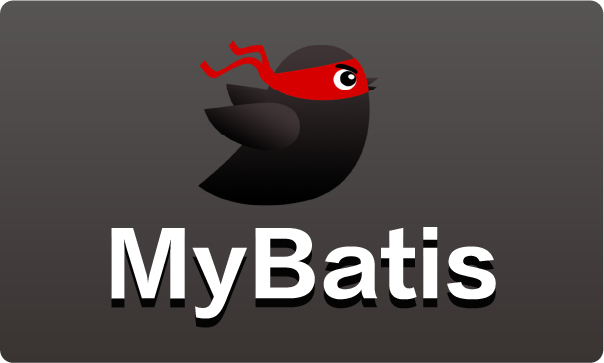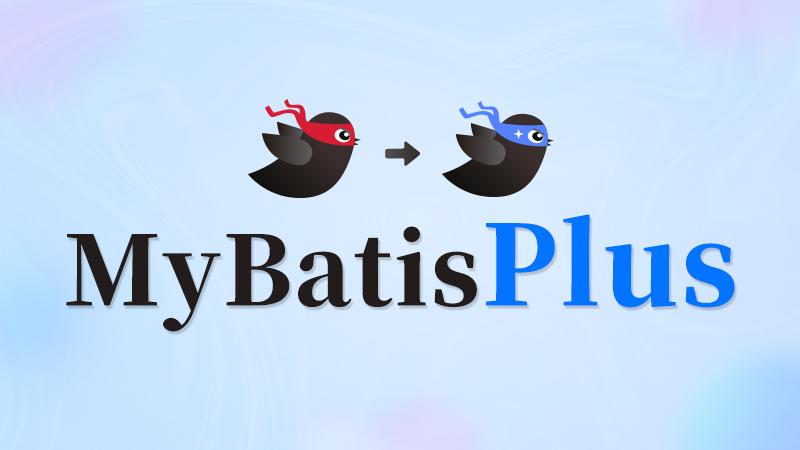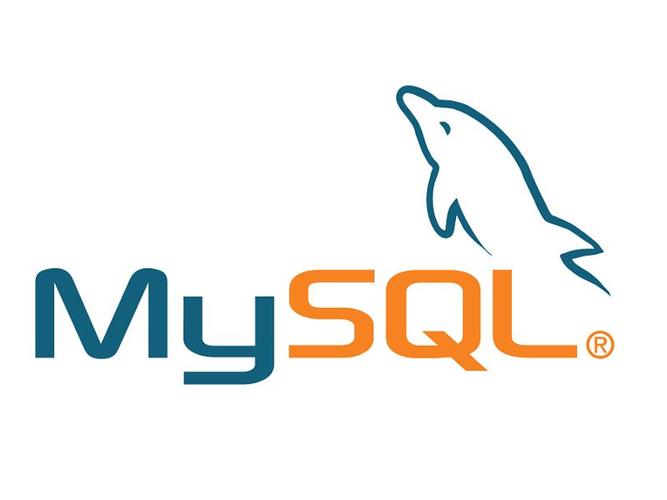学习教程框架Spring入门-02
sinarcsinxSpring入门-02
注解开发
为了简化配置,Spring支持使用注解代替xml配置
Spring常用注解
准备工作
如果要使用注解开发必须要开启组件扫描,这样加了注解的类才会被识别出来,Spring才能去解析其中的注解
1
2
|
<context:component-scan base-package="com.sinarcsinx"/>
|
IOC相关注解
@Component,@Controller,@Service ,@Repository
上述4个注解都是加到类上的
他们都可以起到类似bean标签的作用,可以把加了该注解类的对象放入Spring容器中
实际再使用时选择任意一个都可以,但是后3个注解是语义化注解
如果是Service类要求使用@Service
如果是Dao类要求使用@Repository
如果是Controllerl类(SpringMVC中会学习到)要求使用@Controller
如果是其他类可以使用@Component
例如:
配置文件如下:
1
2
3
4
5
6
7
8
9
| <?xml version="1.0" encoding="UTF-8"?>
<beans xmlns="http://www.springframework.org/schema/beans"
xmlns:xsi="http://www.w3.org/2001/XMLSchema-instance"
xmlns:context="http://www.springframework.org/schema/context"
xsi:schemaLocation="http://www.springframework.org/schema/beans http://www.springframework.org/schema/beans/spring-beans.xsd http://www.springframework.org/schema/context https://www.springframework.org/schema/context/spring-context.xsd">
<context:component-scan base-package="com.sinarcsinx"></context:component-scan>
</beans>
|
类如下:
1
2
3
4
5
6
| @Repository("userDao")
public class UserDaoImpl implements UserDao {
public void show() {
System.out.println("查询数据库,展示查询到的数据");
}
}
|
1
2
3
4
5
6
7
8
9
10
| @Data
@NoArgsConstructor
@AllArgsConstructor
@Component("phone")
public class Phone {
private double price;
private String name;
private String password;
private String path;
}
|
1
2
3
4
5
6
7
8
9
10
11
12
| @Service("userService")
@Data
@NoArgsConstructor
@AllArgsConstructor
public class UserServiceImpl implements UserService {
private UserDao userDao;
private int num;
private String str;
public void show() {
userDao.show();
}
}
|
测试类如下:
1
2
3
4
5
6
7
8
9
10
11
12
13
| public class Demo {
public static void main(String[] args) {
ClassPathXmlApplicationContext app = new ClassPathXmlApplicationContext("applicationContext.xml");
UserDao userDao = (UserDao) app.getBean("userDao");
Phone phone = (Phone) app.getBean("phone");
UserService userService = (UserService) app.getBean("userService");
System.out.println(phone);
System.out.println(userService);
System.out.println(userDao);
}
}
|
DI相关注解
如果一个bean已经放入Spring容器中了,那么我们可以使用下列注解实现属性注入,让Spring容器帮我们完成属性的赋值
@Value
主要用于String,Integer等可以直接赋值的属性注入,不依赖setter方法,支持SpEL表达式
例如:
1
2
3
4
5
6
7
8
9
10
11
12
13
14
15
16
17
| @Service("userService")
@Data
@NoArgsConstructor
@AllArgsConstructor
public class UserServiceImpl implements UserService {
private UserDao userDao;
@Value("199")
private int num;
@Value("sin")
private String str;
@Value("#{19+3}")
private Integer age;
public void show() {
userDao.show();
}
}
|
@AutoWired
Spring会给加了该注解的属性自动注入数据类型相同的对象
例如:
1
2
3
4
5
6
7
8
9
10
11
12
13
14
15
16
17
18
19
20
21
22
| @Service("userService")
@Data
@NoArgsConstructor
@AllArgsConstructor
public class UserServiceImpl implements UserService {
@Autowired
private UserDao userDao;
@Value("199")
private int num;
@Value("sin")
private String str;
@Value("#{19+3}")
private Integer age;
public void show() {
userDao.show();
}
}
|
required属性代表这个属性是否是必须的,默认值为true。如果是true的话Spring容器中如果找不到相同类型的对象完成属性注入就会出现异常
@Qualifier
如果相同类型的bean在容器中有多个时,单独使用@AutoWired就不能满足要求,这时候可以再加上@Qualifier来指定bean的名字从容器中获取bean注入
例如:
1
2
3
| @Autowired
@Qualifier("userDao2")
private UserDao userDao;
|
注意:该直接不能单独使用,单独使用没有作用
xml配置文件相关注解
@Configuration
标注在类上,表示当前类是一个配置类,我们可以用注解类来完全替换掉xml配置文件
注意:如果使用配置类替换了xml配置,spring容器要使用:AnnotationConfigApplicationContext
例如:
1
2
3
| @Configuration
public class ApplicationConfig {
}
|
@ComponentScan
可以用来代替context:component-scan标签来配置组件扫描
basePackages属性来指定要扫描的包,注意要加在配置类上
例如:
1
2
3
4
| @Configuration
@ComponentScan(basePackages = "com.sinarcsinx")
public class ApplicationConfig {
}
|
@Bean
可以用来代替bean标签,主要用于第三方类的注入
使用:定义一个方法,在方法中创建对应的对象并且作为返回值返回。然后在方法上加上@Bean注解,注解的value属性来设置bean的名称
例如:
1
2
3
4
5
6
7
8
9
10
11
12
13
14
| @Configuration
@ComponentScan(basePackages = "com.sinarcsinx")
public class ApplicationConfig {
@Bean("dataSource")
public DruidDataSource getDataSource(){
DruidDataSource druidDataSource = new DruidDataSource();
druidDataSource.setDriverClassName("com.mysql.cj.jdbc.Driver");
druidDataSource.setUsername("root");
druidDataSource.setUrl("jdbc:mysql://localhost:3306/mybatis_db");
druidDataSource.setPassword("123456");
return druidDataSource;
}
}
|
注意事项:如果同一种类型的对象在容器中只有一个,我们可以不设置bean的名称
具体写法如下:
1
2
3
4
5
6
7
8
9
10
11
12
13
14
15
| @Configuration
@ComponentScan(basePackages = "com.sinarcsinx")
public class ApplicationConfig {
@Bean
public DruidDataSource getDataSource(){
DruidDataSource druidDataSource = new DruidDataSource();
druidDataSource.setDriverClassName("com.mysql.cj.jdbc.Driver");
druidDataSource.setUsername("root");
druidDataSource.setUrl("jdbc:mysql://localhost:3306/mybatis_db");
druidDataSource.setPassword("root");
return druidDataSource;
}
}
|
获取方式如下:
1
2
3
4
5
6
7
| public static void main(String[] args) {
AnnotationConfigApplicationContext app = new AnnotationConfigApplicationContext(ApplicationConfig.class);
DataSource bean = app.getBean(DataSource.class);
System.out.println(userService);
}
|
@PropertySource
可以用来代替context:property-placeholder,让Spring读取指定的properties文件,然后可以使用@Value来获取读取到的值
使用:在配置类上加@PropertySource注解,注解的value属性来设置properties文件的路径
然后在配置类中定义成员变量,在成员变量上使用@Value注解来获取读到的值并给对应的成员变量赋值
例如:
1
2
3
4
| jdbc.driver=com.mysql.cj.jdbc.Driver
jdbc.url=jdbc:mysql://localhost:3306/mybatis_db
jdbc.username=root
jdbc.password=root
|
读取文件并且获取值
1
2
3
4
5
6
7
8
9
10
11
12
13
14
15
16
17
18
19
20
21
22
23
24
| @Configuration
@ComponentScan(basePackages = "com.sinarcsinx")
@PropertySource("jdbc.properties")
public class ApplicationConfig {
@Value("${jdbc.driver}")
private String driverClassName;
@Value("${jdbc.url}")
private String url;
@Value("${jdbc.username}")
private String username;
@Value("${jdbc.password}")
private String password;
@Bean
public DruidDataSource getDataSource(){
DruidDataSource druidDataSource = new DruidDataSource();
druidDataSource.setDriverClassName(driverClassName);
druidDataSource.setUsername(username);
druidDataSource.setUrl(url);
druidDataSource.setPassword(password);
return druidDataSource;
}
}
|
注意事项:使用@Value获取读到的properties文件中的值时使用的是${key},而不是#{key}
如何选择
①SSM
自己项目中的类的IOC和DI都使用注解,对第三方jar包中的类,配置组件扫描时使用xml进行配置
②SpringBoot
纯注解开发











